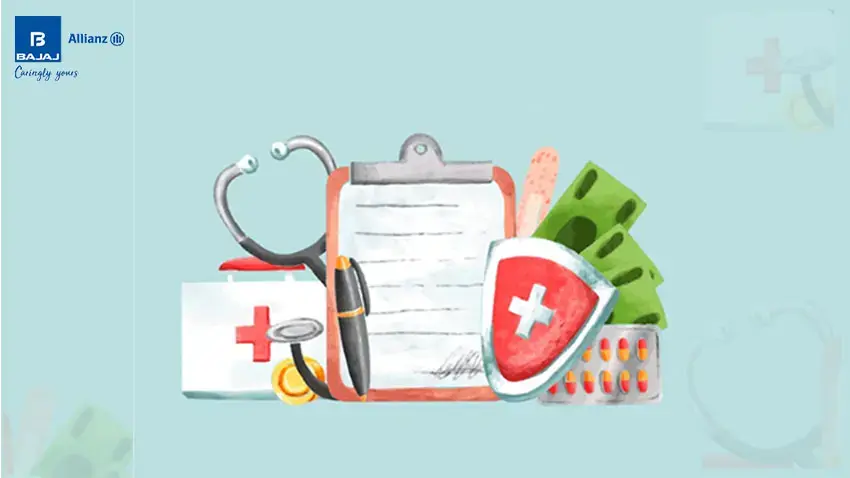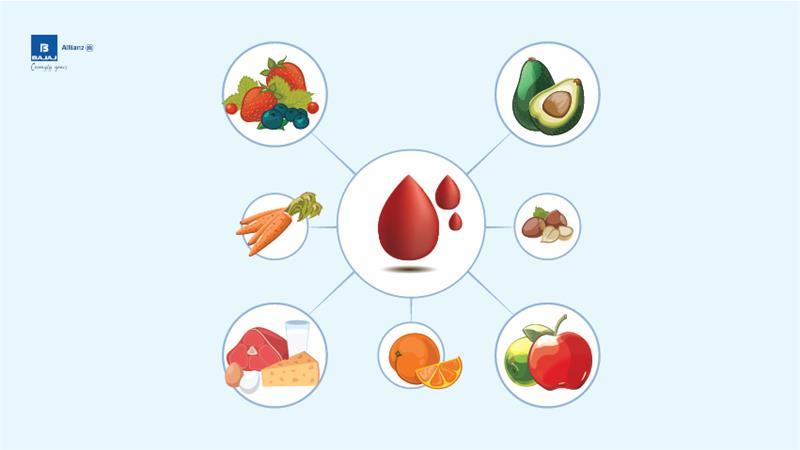What’s Considered a Healthy Blood Pressure Range?

Blood pressure, often referred to as the silent killer, plays a crucial role in our overall health. It affects people globally and is one of the major health concerns in today’s time. Understanding what constitutes a healthy blood pressure range and adopting lifestyle practices to maintain it is essential for preventing cardiovascular issues and promoting well-being. In this article, we delve into the dynamics of blood pressure, explore what is considered a healthy range, and discuss practical tips for maintaining optimal blood pressure levels.
Understanding Blood Pressure: The Basics
Blood pressure is the force exerted by circulating blood against the walls of the arteries. It consists of two measurements: Systolic Pressure : The pressure when the heart beats and pumps blood. Diastolic Pressure : The pressure when the heart is at rest between beats. Blood pressure is measured in millimetres of mercury (mm Hg), and a standard reading is expressed as systolic over diastolic, such as 120/80 mm Hg. A normal blood pressure reading is typically around 120/80 mm Hg, but optimal values may vary based on age, gender, and individual health factors.
Understanding Healthy Blood Pressure Ranges
The following ranges are used to define blood pressure: Normal: Systolic < 120 mm Hg and Diastolic < 80 mm Hg Elevated: Systolic 120-129 mm Hg and Diastolic < 80 mm Hg Hypertension Stage 1: Systolic 130-139 mm Hg or Diastolic 80-89 mm Hg Hypertension Stage 2: Systolic >= 140 mm Hg or Diastolic >= 90 mm Hg Understanding these categories is crucial for assessing your blood pressure and taking necessary steps to maintain or improve it. For a hypertension patient, it is important to disclose this information during the process of buying health Insurance , online or offline. Hiding this information may cause complications at the time of claim settlement. Claims are subject to terms and conditions set forth under health insurance policy. *
Maintaining a Healthy Blood Pressure: Practical Tips
If you are concerned about maintaining your blood pressure, you may take note of these tips to ensure it is always kept under check:
Adopt a Heart-Healthy Diet
Reduce Sodium Intake: High sodium levels can contribute to elevated blood pressure. Limit processed foods, canned soups, and salty snacks. Increase Potassium-Rich Foods: Potassium helps balance sodium levels. Incorporate bananas, oranges, spinach, and sweet potatoes into your diet.
Maintain a Healthy Weight
Lose Excess Weight: Being overweight can strain the heart and increase blood pressure. Aim for a gradual and sustainable weight loss through a balanced diet and regular exercise. Focus on Waist Circumference: Abdominal fat can be particularly detrimental to blood pressure. Measure your waist circumference and work towards reducing it.
Engage in Regular Physical Activity
Aim for at Least 150 Minutes per Week: Regular exercise benefits the cardiovascular system and helps regulate blood pressure. Activities can include brisk walking, jogging, cycling, or swimming. Incorporate Strength Training: Building muscle mass can contribute to overall cardiovascular health. Include strength training exercises at least twice a week.
Manage Stress
Practice Relaxation Techniques: Techniques such as deep breathing, meditation, and yoga can help manage stress and contribute to lower blood pressure. Find Healthy Outlets: Engage in activities you enjoy, whether it’s reading, listening to music, or spending time in nature, to help alleviate stress.
Limit Alcohol and Quit Smoking
Moderate Alcohol Consumption: If you drink alcohol, do so in moderation. For most adults, this means up to one drink per day for women and up to two drinks per day for men. Quit Smoking: Smoking damages blood vessels and can significantly elevate blood pressure. Quitting smoking is one of the most impactful steps towards better cardiovascular health. Being a smoker also affects your health insurance premium. If you are a chain smoker, your insurance premium may see a significant loading when you buy and renew health insurance . *
Monitor Blood Pressure Regularly
Home Blood Pressure Monitoring: Invest in a reliable home blood pressure monitor to track your readings regularly. Regular Check-ups: Attend routine check-ups with your healthcare provider to monitor blood pressure and discuss any concerns.





